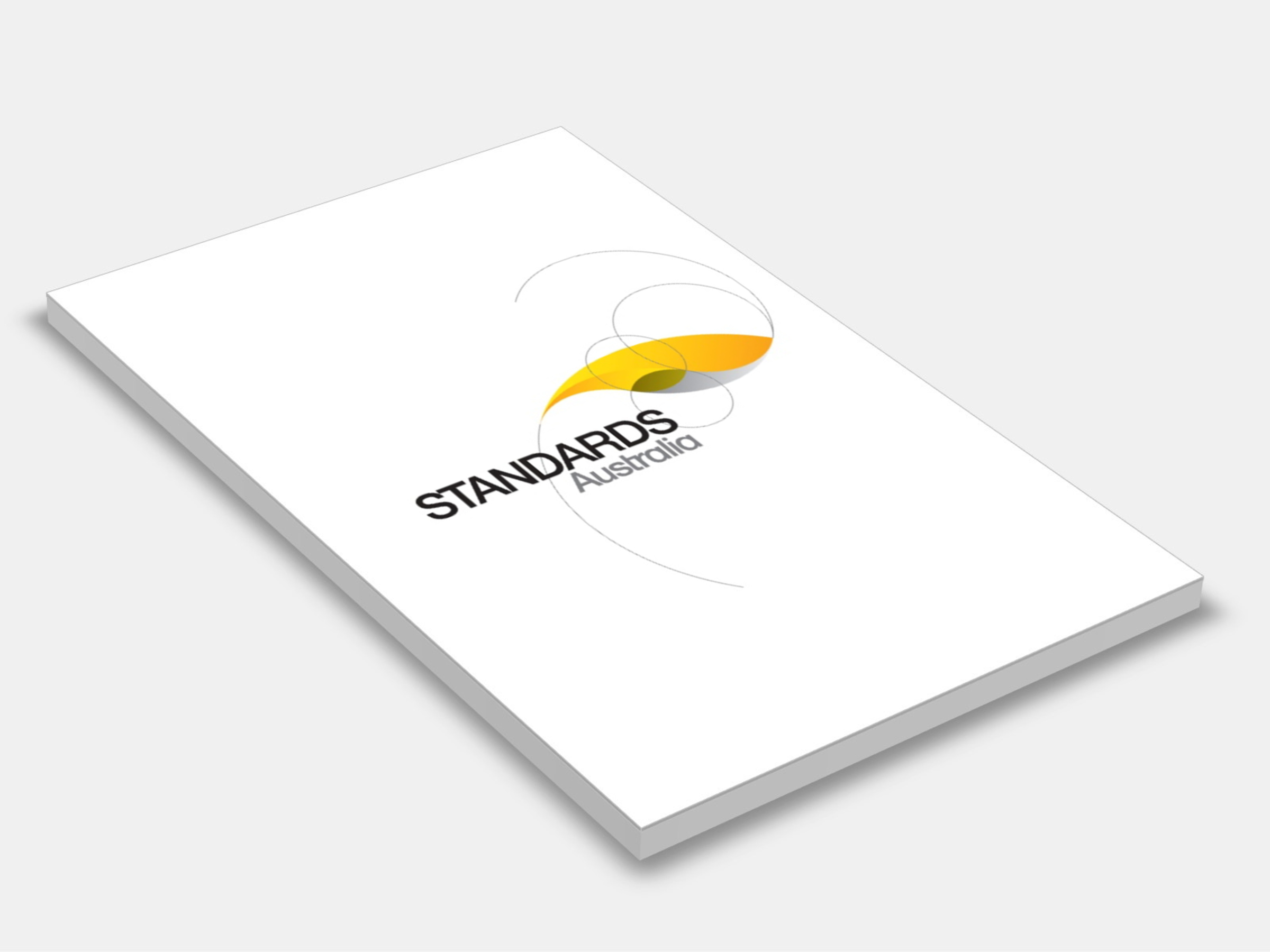
Type
Publisher
Standards Australia/Standards New Zealand
Publisher
Standards Australia/Standards New Zealand
Version:
Third Edition 2016.
(Current)
Short Description
Applicable to the design, construction, and installation of refrigerating systems, including piping, components, materials, and ancillary equipment directly associated with such systems.
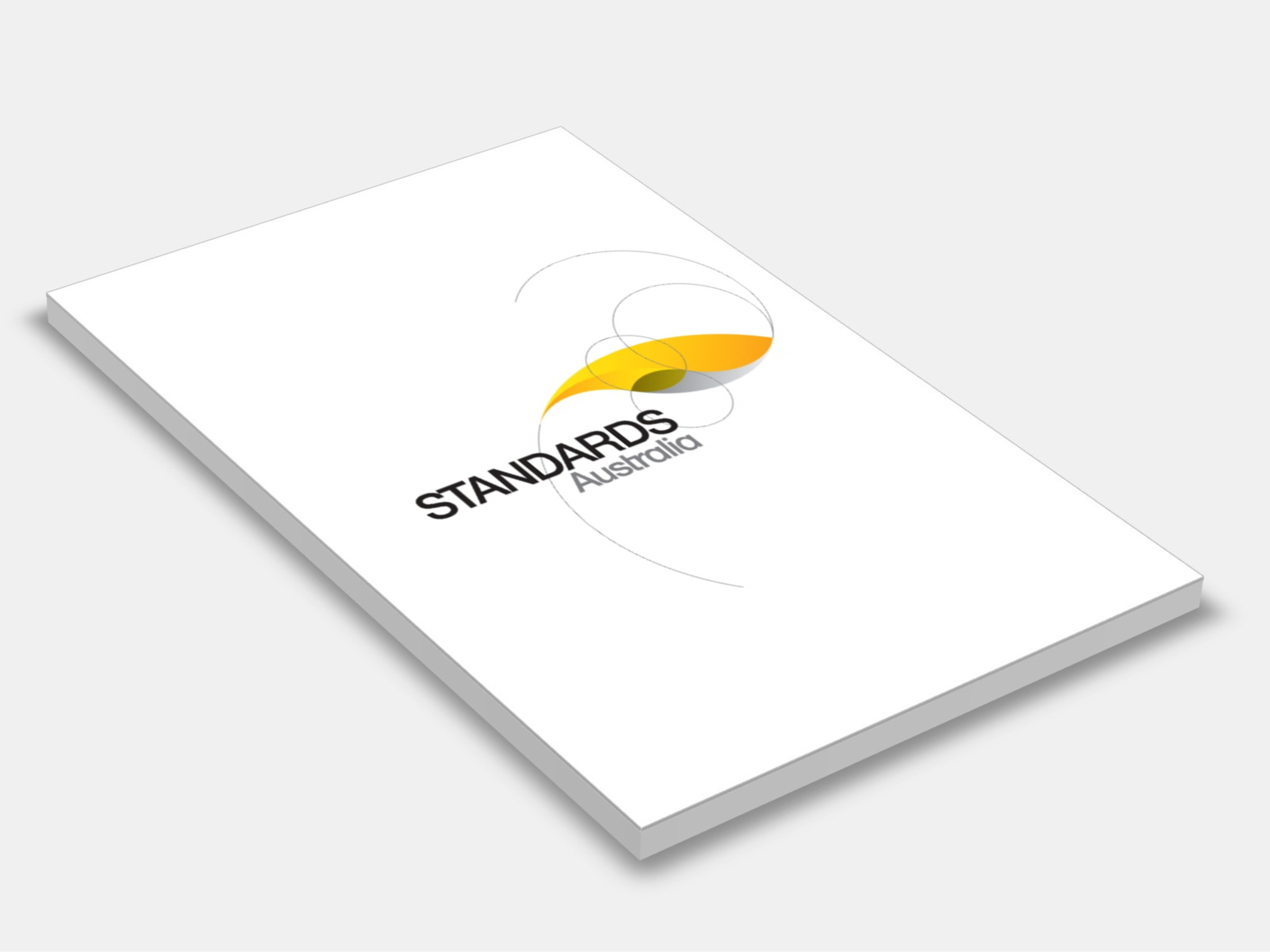
Type
Publisher
Standards Australia/Standards New Zealand
Publisher
Standards Australia/Standards New Zealand
Version:
Second Edition 2016.
(Current)
Short Description
Specifies the requirements for the safety of persons and property, provides guidance for the protection of the environment, and establishes procedures for the operation, maintenance, and repair of refrigerating systems and the recovery of refrigerants.
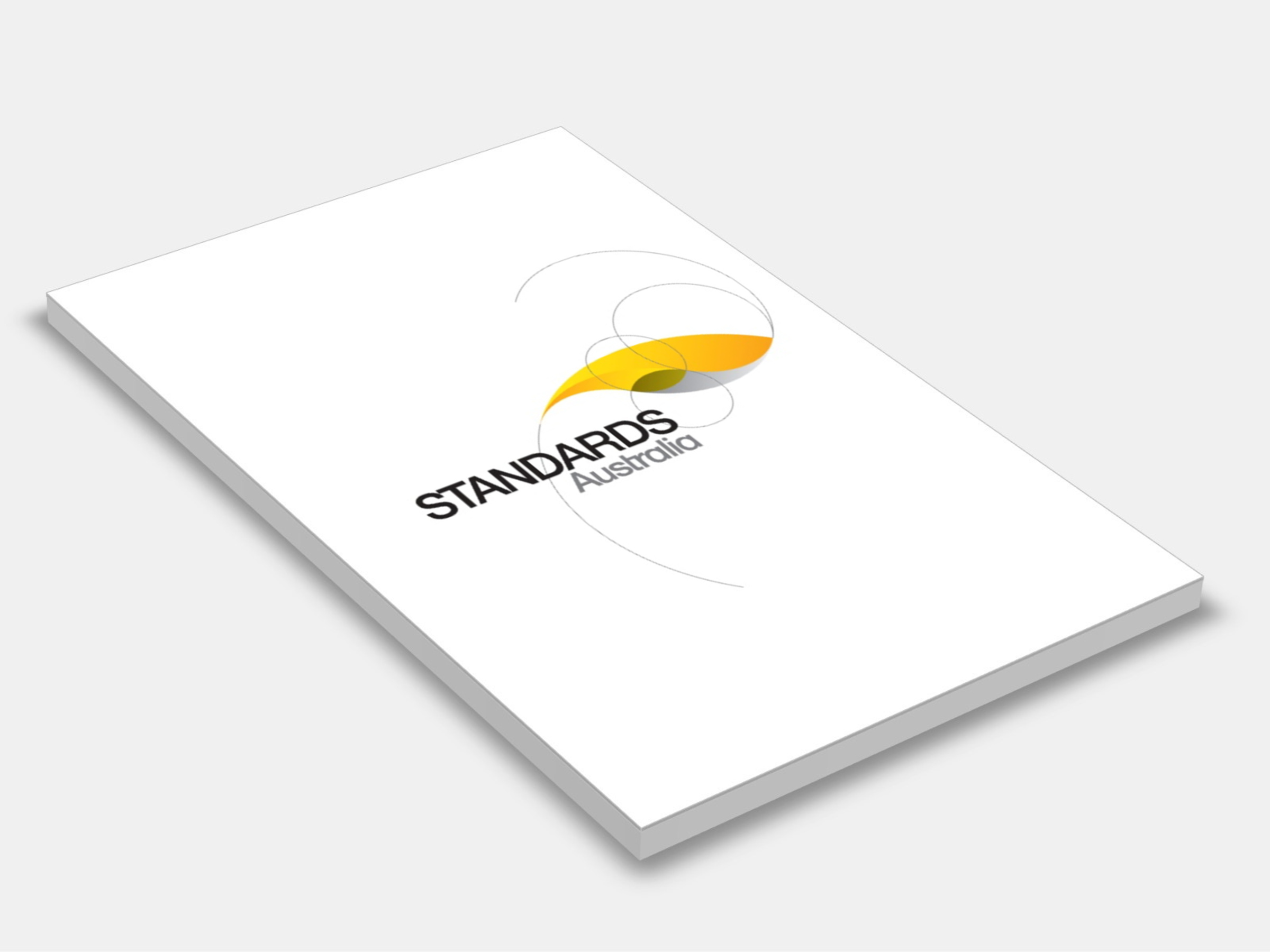
Type
Publisher
Standards Australia/Standards New Zealand
Publisher
Standards Australia/Standards New Zealand
Version:
First Edition 2016.
(Current)
Short Description
This Standard provides an unambiguous system for assigning designations to refrigerants. It also establishes a system for assigning a safety classification to refrigerants based on toxicity and flammability data, and provides a means of determining the refrigerant concentration limit.
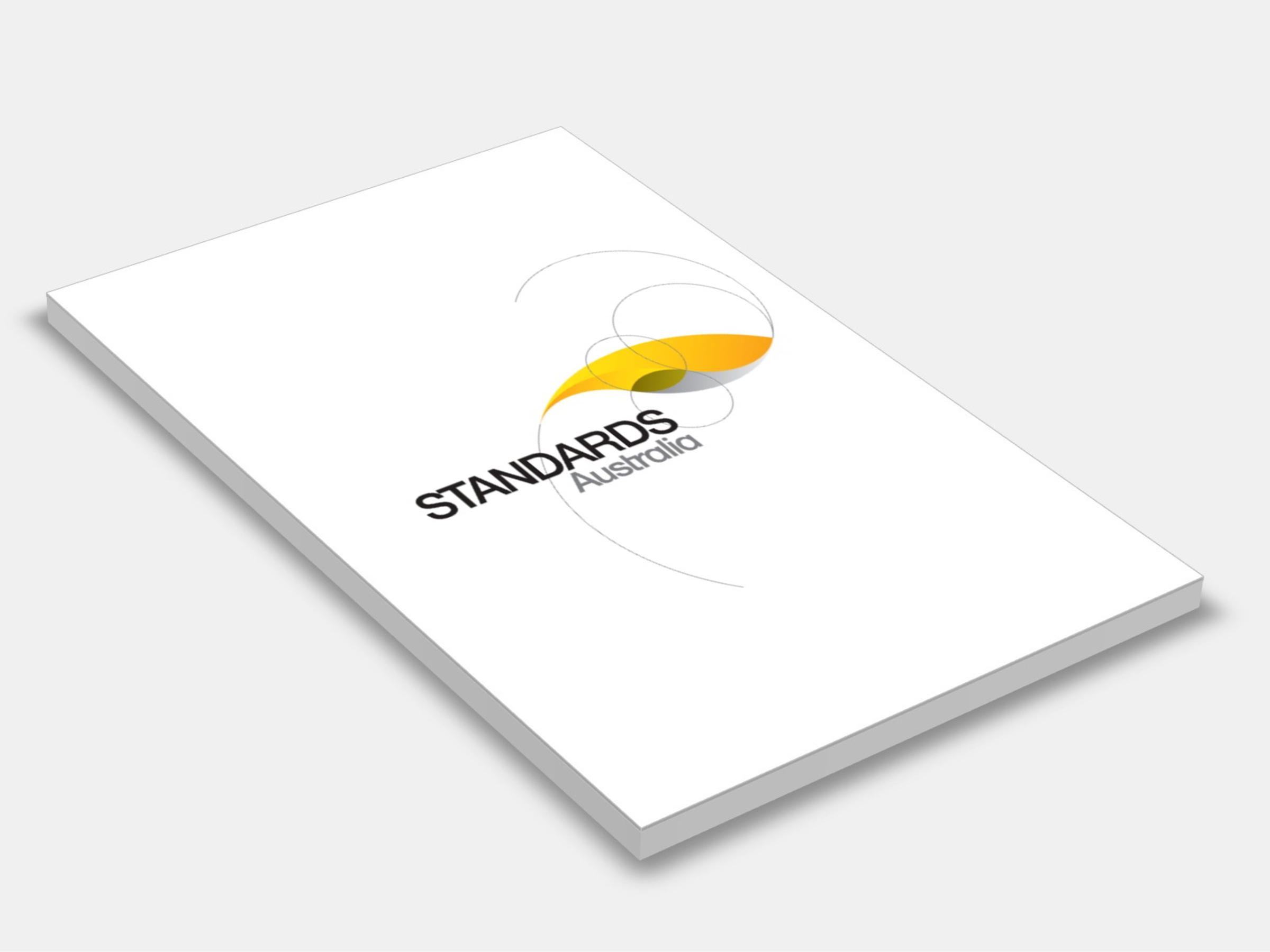
Type
Publisher
Standards Australia/Standards New Zealand
Publisher
Standards Australia/Standards New Zealand
Version:
Second Edition 2016.
(Current)
Short Description
Specifies a simple means of referring to common refrigerants instead of using the chemical name, formula, or trade name. It also establishes a uniform system to be used in assigning the proper reference number and classification to refrigerants; the system for refrigerant classification is defined and physical data of common refrigerants listed.
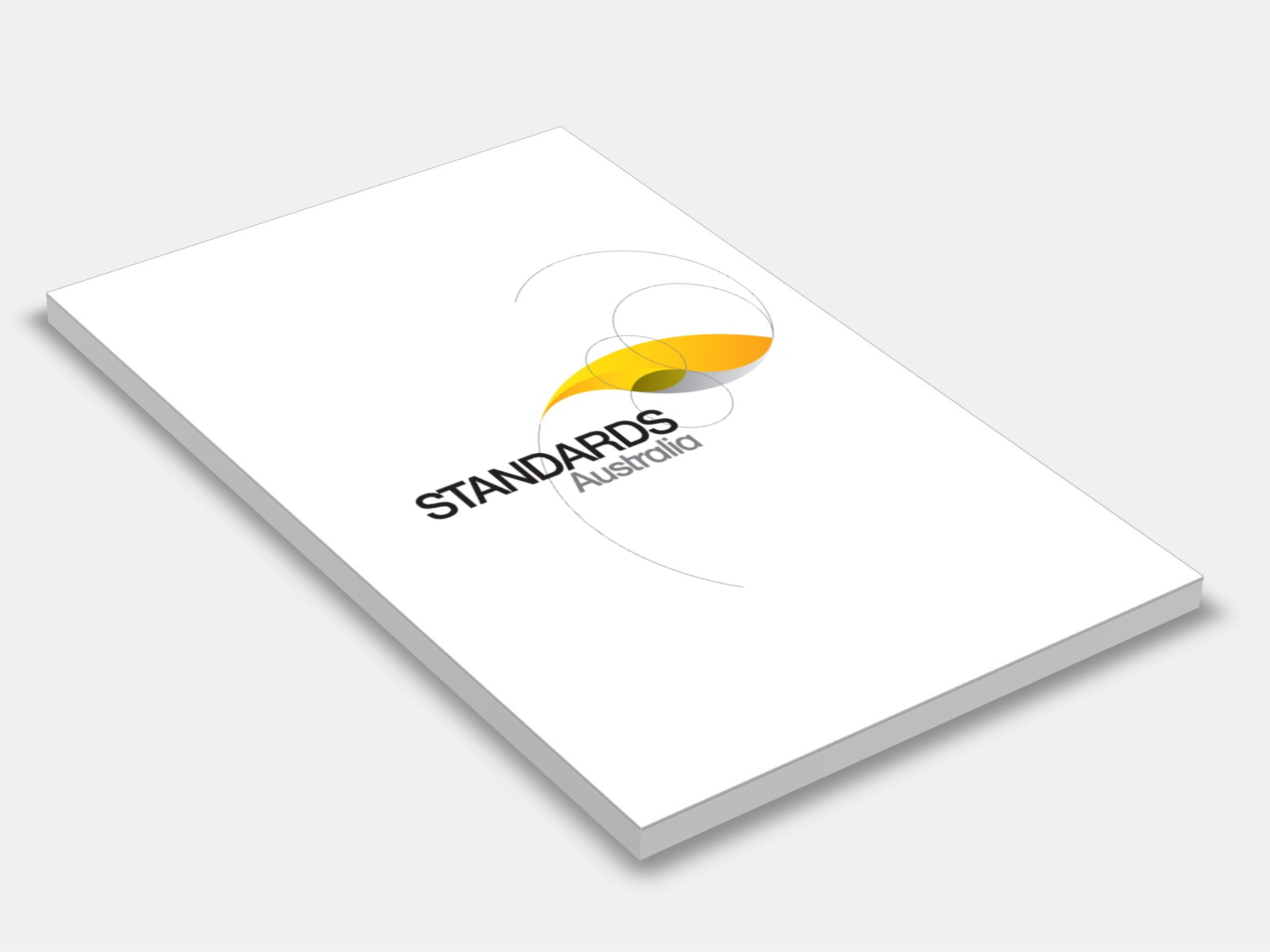
Type
Publisher
Standards Australia/Standards New Zealand
Publisher
Standards Australia/Standards New Zealand
Version:
Second Edition 2016.
(Current)
Short Description
Specifies requirements for safety and environmental aspects in relation to operation, maintenance and repair of refrigerating systems and the recovery, reuse and disposal of all types of refrigerant, refrigerant oil, heat transfer fluid, refrigerating system and part thereof.
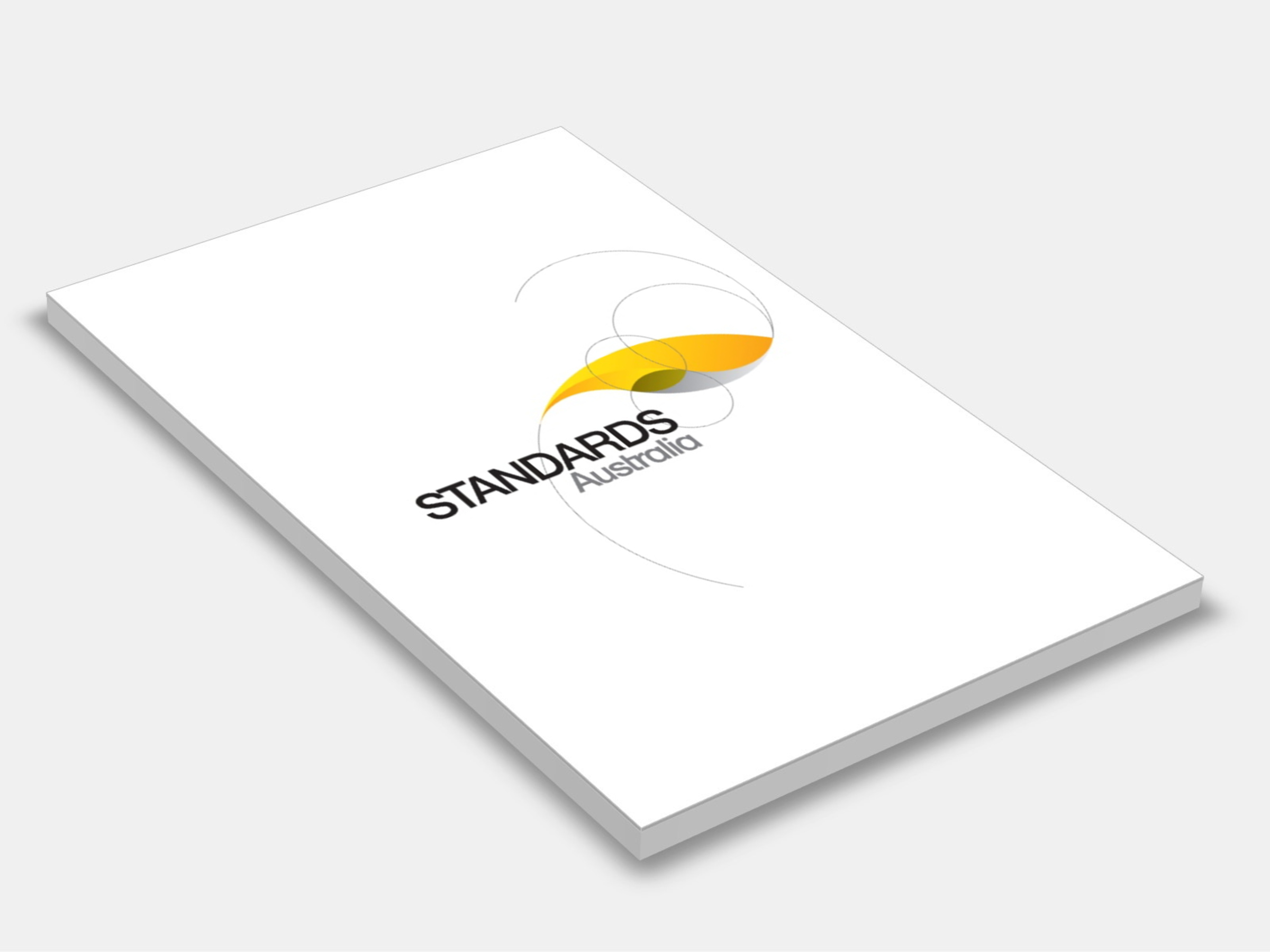
Type
Publisher
Standards Australia
Publisher
Standards Australia
Version:
Second Edition 2001.
(Current)
Short Description
Specifies requirements for the design, installation and commissioning of a system of sutomatic smoke/heat release vents in conjunction with associated smoke reservoirs in buildings.
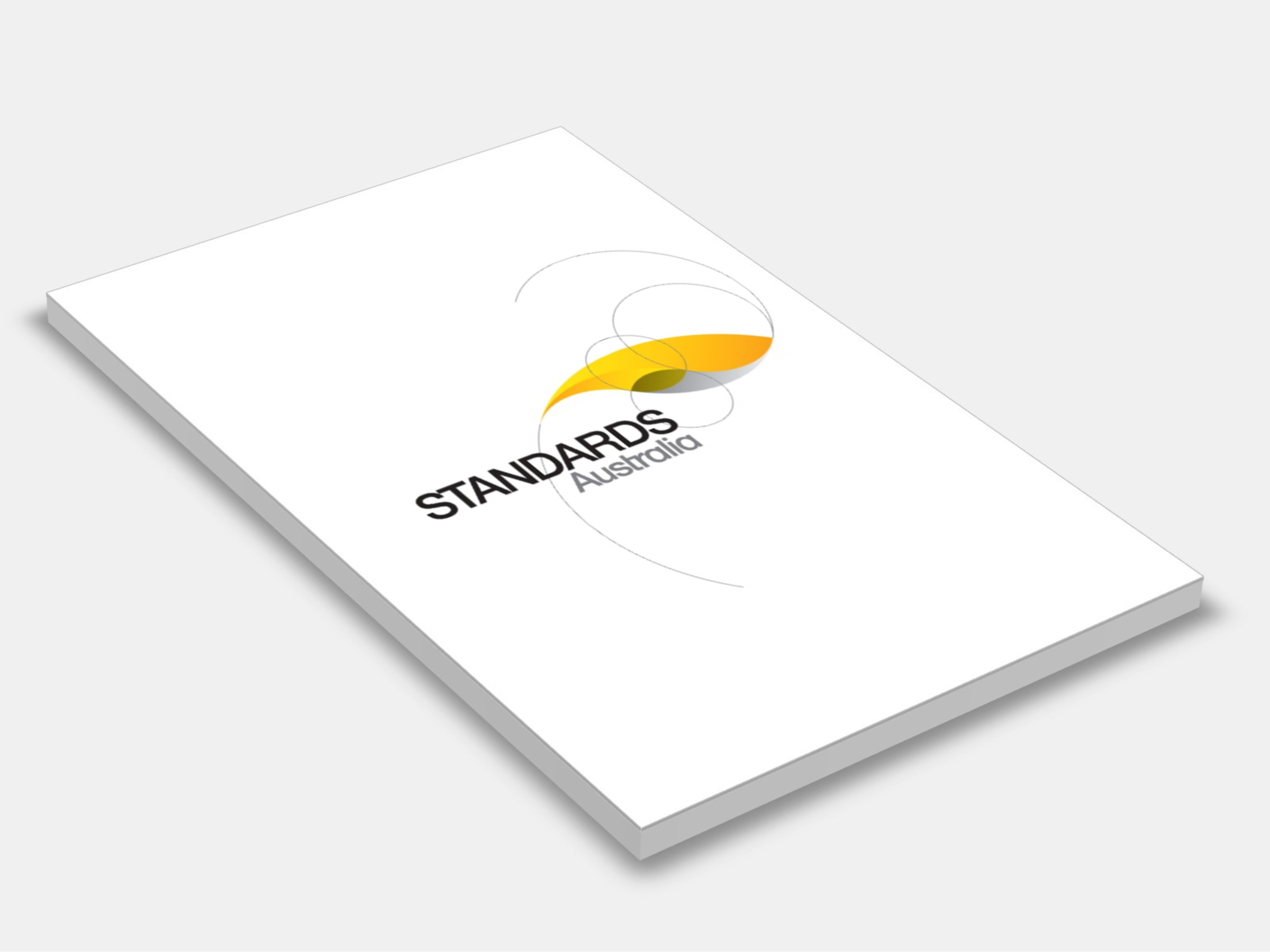
Type
Publisher
Standards Australia
Publisher
Standards Australia
Version:
Fourth Edition 2024.
(Current)
Short Description
Specifies a test method for determining the combustibility of building materials and is one of a series of test methods of evaluating the potential fire hazard of building products; the test is for building materials other than coated, faced or laminated materials which, although not completely inert, produce only a limited amount of heat and flame when exposed to temperatures of approximately 750 °C.
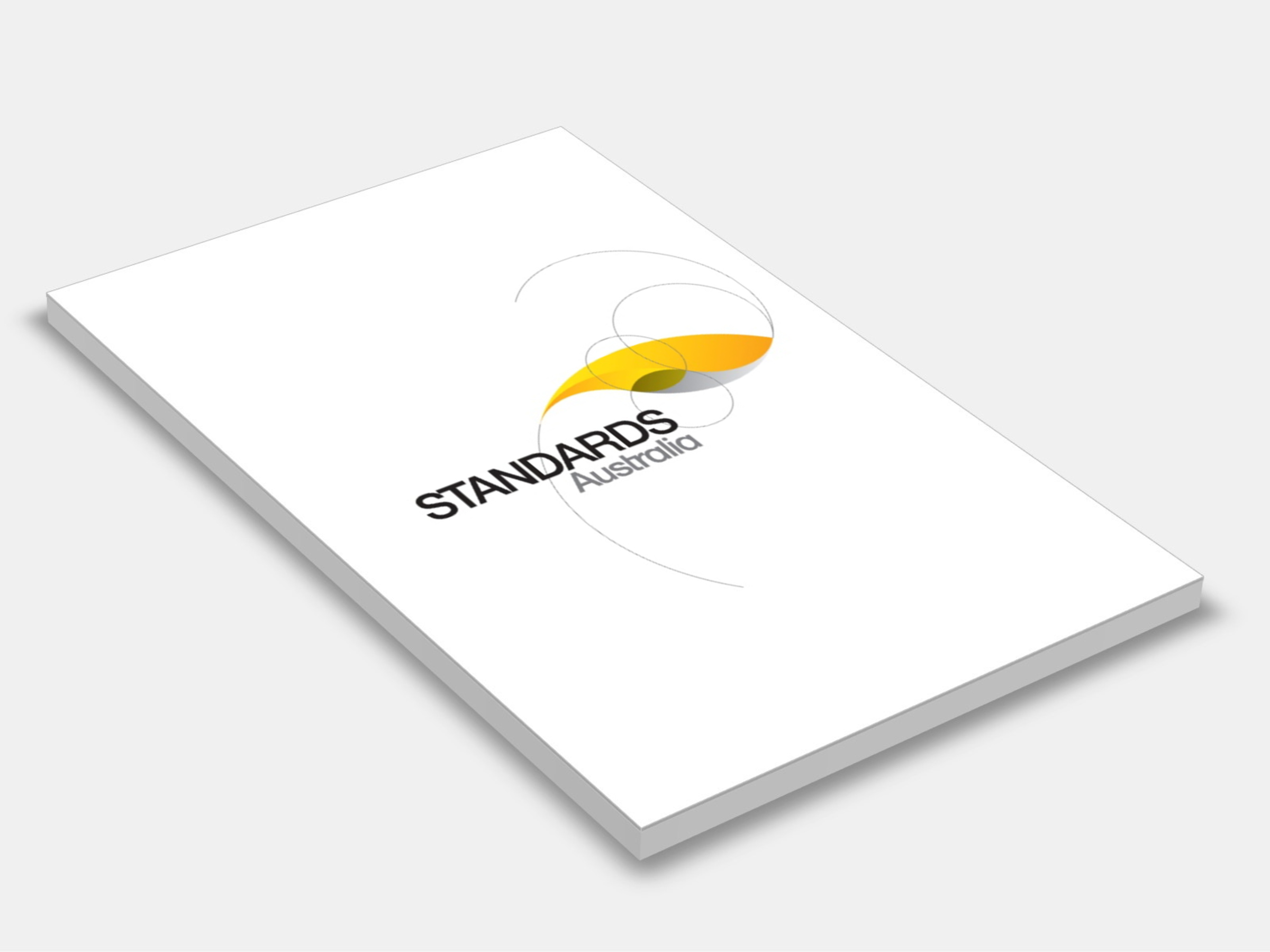
Type
Publisher
Standards Australia
Publisher
Standards Australia
Version:
Third Edition 1994.
(Available Superseded)
Short Description
Sets out a test method for determining the combustibility of building materials and is one of a series of test methods for evaluating the potential fire hazard of building products.